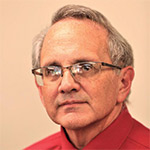T-Mobile Awards $50,000 grant to Moline Parks and Recreation for new soccer mini-pitch
QCBJ News Staff
Kristi Crafton vividly recalls one of the reasons she has kept working at Habitat for Humanity Quad Cities.
Not long ago, a crew of volunteers had just built a wheelchair ramp at a Davenport home. The wheelchair-bound resident came out, thanked the volunteers and he tearfully said: “This is the first time in two years I have been able to leave this house.”
…

Get immediate, unlimited access to all subscriber content and much more.
Learn more in our subscriber FAQ.
Do you want to read and share this article without a paywall?
